6 Failed Products Apple Really Wants You to Forget About
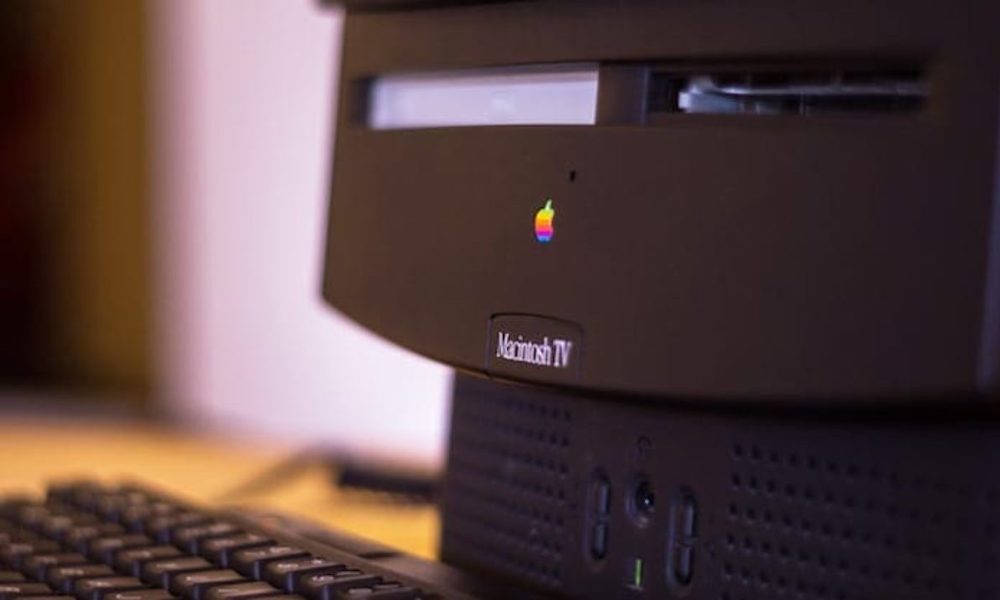 TechPP
TechPP
Not only is Apple the leading company in smartphones and tablets in the world, but it also is the first trillion-dollar company. If you look at Apple today, you'd think everything they make is an instant success, but that hasn't always been the case.
Even though Apple is a bit more conservative now, the company used to create innovative and sometimes daring new tech to take the world by storm. Some products were game-changers, like the iPod and the iPhone. And some others, well; let's just say Apple probably wants you to forget about them. Fortunately, that's why we're here.
Today we'll remind the world of some of the worst (or worst-received Apple products to have ever existed. Sure, you can laugh about these devices, but let them be a lesson that if you want to create a trillion-dollar company, you have to be ok with failing more than once. Continue reading to browse six failed products Apple wants you to forget.
Apple USB Mouse (1998)
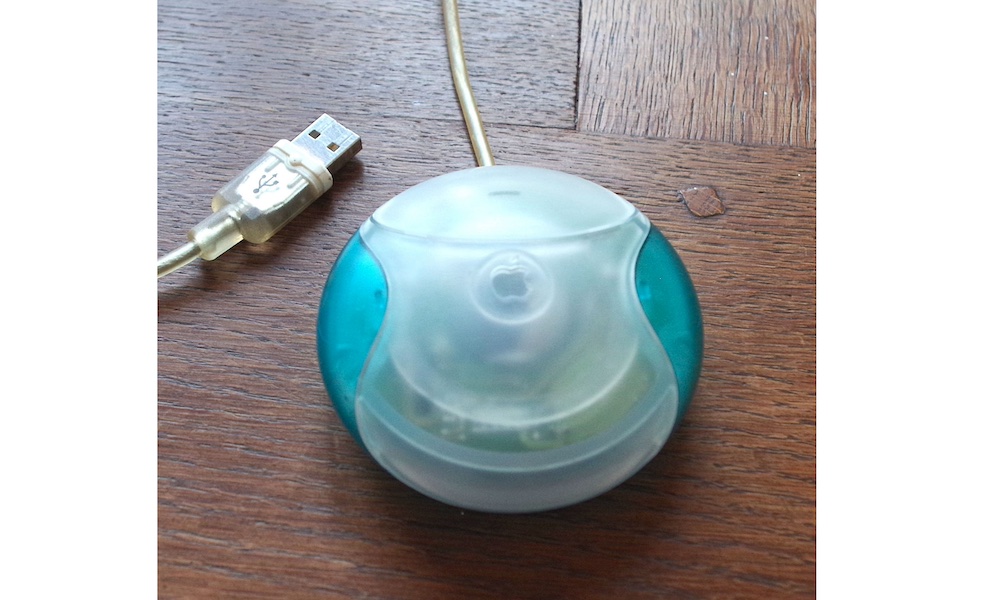
When you think of a bad Apple mouse design, you probably think about how you have to charge Apple's Magic Mouse. But Apple produced an even worse design back in the '90s. Enter the Apple USB Mouse. This little mouse looks like a hockey puck, and not many people liked this design. While it seems like an interesting idea, this rounded mouse presented more problems than regular mice.
The round, non-ergonomic shape made the Apple USB Mouse very uncomfortable to use. Not only that, but it tended to rotate when in use, and the cord was too small, which was also frustrating. Apple finally decided to get rid of this design when the company introduced the Apple Pro Mouse, also known as Apple Mouse, in the year 2000.
Twentieth Anniversary Macintosh (1997)
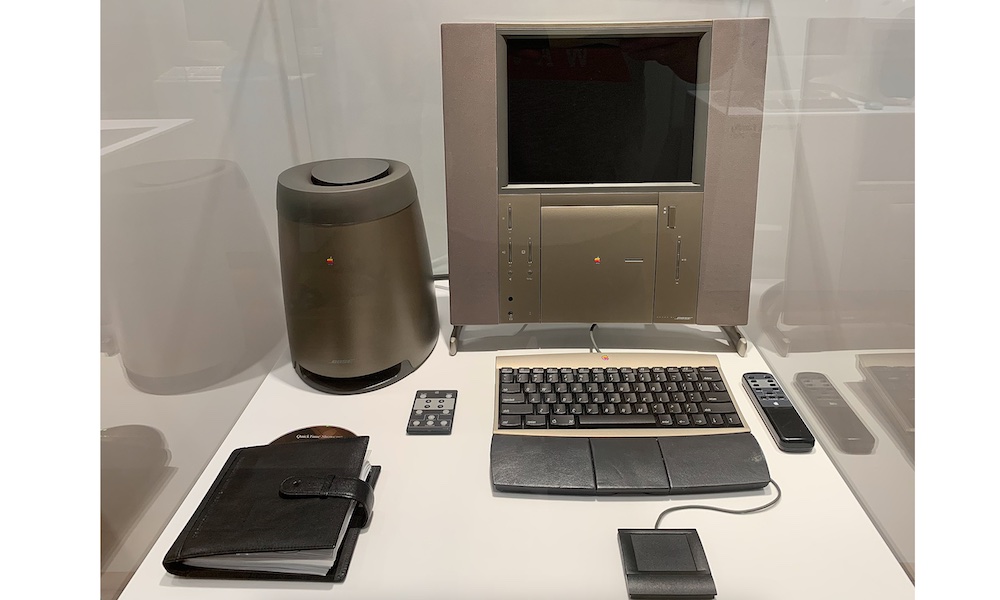
To celebrate Apple's 20th birthday, the company decided to release a special edition Mac, called the Twentieth Anniversary Macintosh. The Twentieth Anniversary Macintosh, also known as TAM, was a really powerful PC for its time with a unique look that influenced future Mac computers' design in later years.
I know what you're thinking. If this was such a great, influential computer, why did it fail? Well, mostly it was because of its price. The TAM had a starting price of $7,499 ($12,288 adjusted for inflation)! That's right; it was even more expensive than the current Mac Pro. At least the cheapest one. And just like now, back in the '90s, people couldn't afford such expensive computers, and this caused Apple to lower the price to $3,500 and then lower it again to $1995 after the company discontinued it.
Macintosh TV (1993)
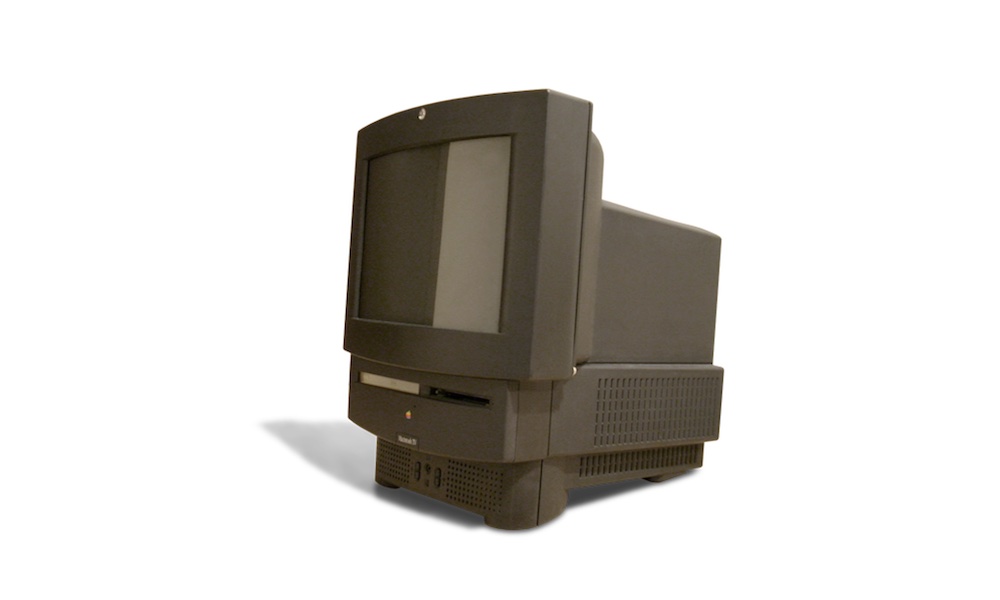
The '90s were a wild time for Apple. But you have to appreciate the effort at least. A great example of that effort is the Macintosh TV, which was exactly what you think it is. It was Apple's first computer to come with an integrated TV. It also came with a mouse, keyboard, and a small remote control that also worked with regular Sony TVs. Sure, you may think now using your computer to watch TV shows is entirely normal, but people back in the day didn't like the idea that much. Plus, the price, which was over $2,000 at the time, wasn't exactly a bargain either.
Only 10,000 units were manufactured, so if you have one, keep it. You're holding a piece of history. It may be failed history, but history nonetheless. Fortunately, Apple learned from its mistakes and later on released the more approachable Apple TV and the subscription service Apple TV+.
iTunes Ping (2010)

Apple's physical products aren't the only ones that failed in its time. You might have already forgotten about it, but Apple tried to make its own social media platform back in 2010. iTunes Ping, or just Ping, was a social media platform mostly focused on music. You could add your friends and share what new songs you've listened to or discover new songs from your social circle. You could even follow your favorite artists, figure out what they were listening to, or check future concerts near your area.
Sadly, as good as it sounded, Ping wouldn't become as popular as Facebook or Twitter. Because you needed to use iTunes in order to access Ping, many people preferred other social media platforms that were more accessible and a lot easier to use. This resulted in Apple shutting down Ping in 2012.
Apple Newton (1993)
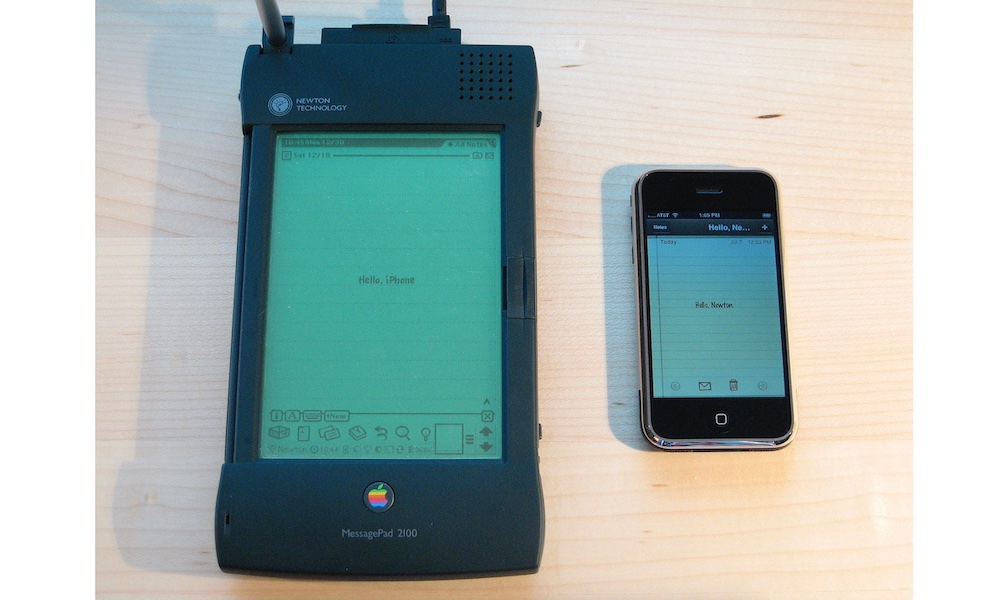
Another product Apple released in 1993 was the Apple Newton, Apple's very own PDA, or personal digital assistant for the younger audience. Forget about your iPhone or Siri; back in the day, the Apple Newton kept your important dates and even recognized your handwriting on the spot. Or at least that what it tried to do. The Apple Newton didn't do a good job recognizing handwriting. That, combined with other undesired features, led Steve Jobs to discontinue Newton after returning to Apple in 1998.
Nowadays, you don't hear of any PDAs, but the Newton will live in our memories for the rest of time. Fortunately, the iPhone does better work the Newton ever could, and the Apple Pencil's handwriting recognition is the best on the market.
Apple Pippin (1996)

Oh, you thought Apple Arcade was Apple's first try in the gaming market? Actually, Apple first released the Apple Pippin game console almost 25 years ago!
Fun fact: Its name was based on the Newtown Pippin, a type of Apple from Newtown, New York. Pretty clever.
Apple Pippin was a mix between a computer and a gaming console. Sounds crazy, right? Who would use a computer to play video games? Apple was clearly ahead of its time and quite possibly didn't do a good job marketing the Pippin since casual users couldn't grasp the idea of using a console to browse the internet. It's crazy how far we've come.
And, just like other products on the list, the Apple Pippin was too expensive for the time. Starting at a price of $599, which is the equivalent to almost $1,000 today, was the nail in the coffin for the Pippin. Apple discontinued it in 1997.
